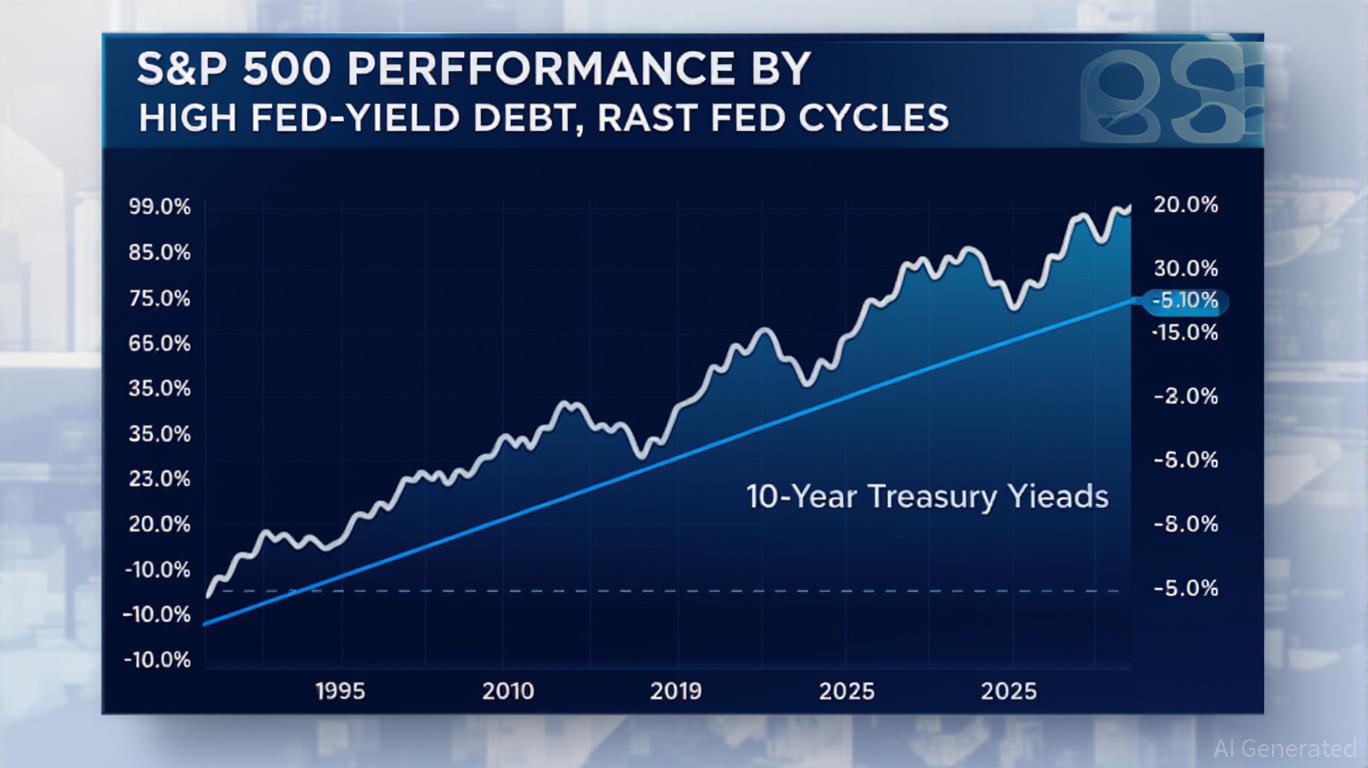Federal Reserve Cuts Interest Rates, Boosting Market Confidence
The Federal Reserve cut its benchmark interest rate by 0.25 percentage points on September 17, 2025, aiming to support economic growth and boost market confidence amid rising downside risks to employment.

The Federal Reserve announced on September 17, 2025, that it would lower its target range for the federal funds rate by 0.25 percentage points to 4.00%–4.25%. This decision, effective September 18, marks the first rate cut since early 2024 and comes as the central bank seeks to balance persistent inflation with signs of slowing economic growth and a softening labor market. The move was widely anticipated by financial markets, which responded with a surge in major stock indices and a decline in Treasury yields, reflecting renewed investor optimism.
Policy Rationale and Economic Outlook
According to the official statement released by the Federal Open Market Committee (FOMC), recent economic indicators suggest that growth has moderated in the first half of the year, with job gains slowing and the unemployment rate edging higher, though still at historically low levels. Inflation remains somewhat elevated, but the Committee noted that downside risks to employment have increased. The FOMC emphasized its commitment to achieving maximum employment and returning inflation to its 2 percent objective over the longer run. The Committee also signaled that it would continue to assess incoming data and stands ready to adjust policy further if economic conditions warrant.
The Fed’s updated economic projections, released alongside the rate decision, show a median forecast for real GDP growth of 1.6% in 2025, with unemployment expected to rise modestly to 4.5%. Inflation, as measured by the personal consumption expenditures (PCE) index, is projected to ease to 3.0% this year and gradually approach the 2% target by 2028. The median projection for the federal funds rate suggests further gradual reductions over the next several years, contingent on economic developments.
Market Reaction and Forward Guidance
Financial markets responded positively to the Fed’s move, with the S&P 500 and Dow Jones Industrial Average both closing higher on Wednesday. Investors interpreted the rate cut and the Committee’s forward guidance as a sign that the central bank is prepared to act proactively to support growth if needed. The Fed also reiterated its intention to continue reducing its holdings of Treasury securities and agency debt, maintaining a cautious approach to balance sheet normalization.
Analysts noted that the decision was not unanimous, with one FOMC member voting for a larger 0.5 percentage point cut. This divergence highlights ongoing debate within the central bank about the appropriate pace of easing, given the complex interplay of inflation, labor market dynamics, and global economic uncertainty. The Fed’s statement underscored that future policy adjustments will depend on a wide range of data, including labor market conditions, inflation pressures, and international developments.
Broader Implications
The rate cut is expected to lower borrowing costs for consumers and businesses, potentially stimulating investment and spending. However, the Fed faces the challenge of managing inflation expectations while supporting employment, especially as global economic headwinds persist. The central bank’s cautious tone suggests that while further cuts are possible, they will be data-dependent and measured.
Looking ahead, market participants will closely watch upcoming economic releases and Fed communications for clues about the trajectory of monetary policy. The next FOMC meeting is scheduled for November, where policymakers will reassess the economic outlook and the need for additional action.